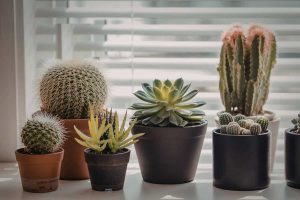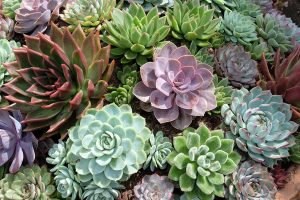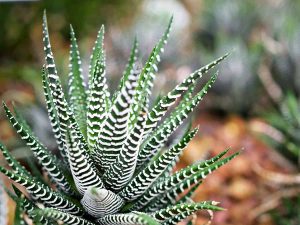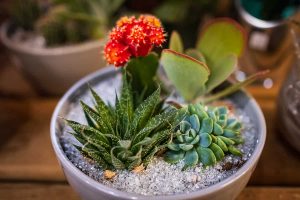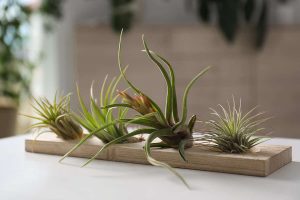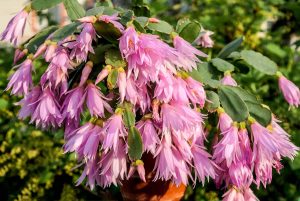You’ve just picked up a few succulents at the local nursery, drawn by their charming shapes and low-maintenance reputation. But as you arrange them on your windowsill, you realize you’re not entirely sure how to keep them thriving. With the right care, these resilient plants can flourish in your home. Here are the essential tips to ensure your succulents remain healthy and beautiful.
Table of Contents
Temperature and Humidity
Succulents thrive in environments with specific temperature and humidity levels. It’s crucial to understand these requirements to ensure your plants grow healthily. Aim to maintain temperatures between 55°F and 75°F during the day and slightly cooler during the night. Succulents can tolerate and sometimes prefer these temperature fluctuations, similar to their natural habitats.
Don’t worry too much about humidity, as succulents are relatively adaptable. However, they may suffer in households with less than 20% humidity. Ideally, humidity levels between 40% and 60% are preferred. If you experience low humidity in your home, consider adding a humidifier or placing a tray of water near your plants.
In the right combination of temperature and humidity, your succulents will flourish. Keep a keen eye on their growth, and identify any signs of distress. Modifying these environmental factors according to your succulents’ needs will go a long way in ensuring they thrive for years to come.
Light
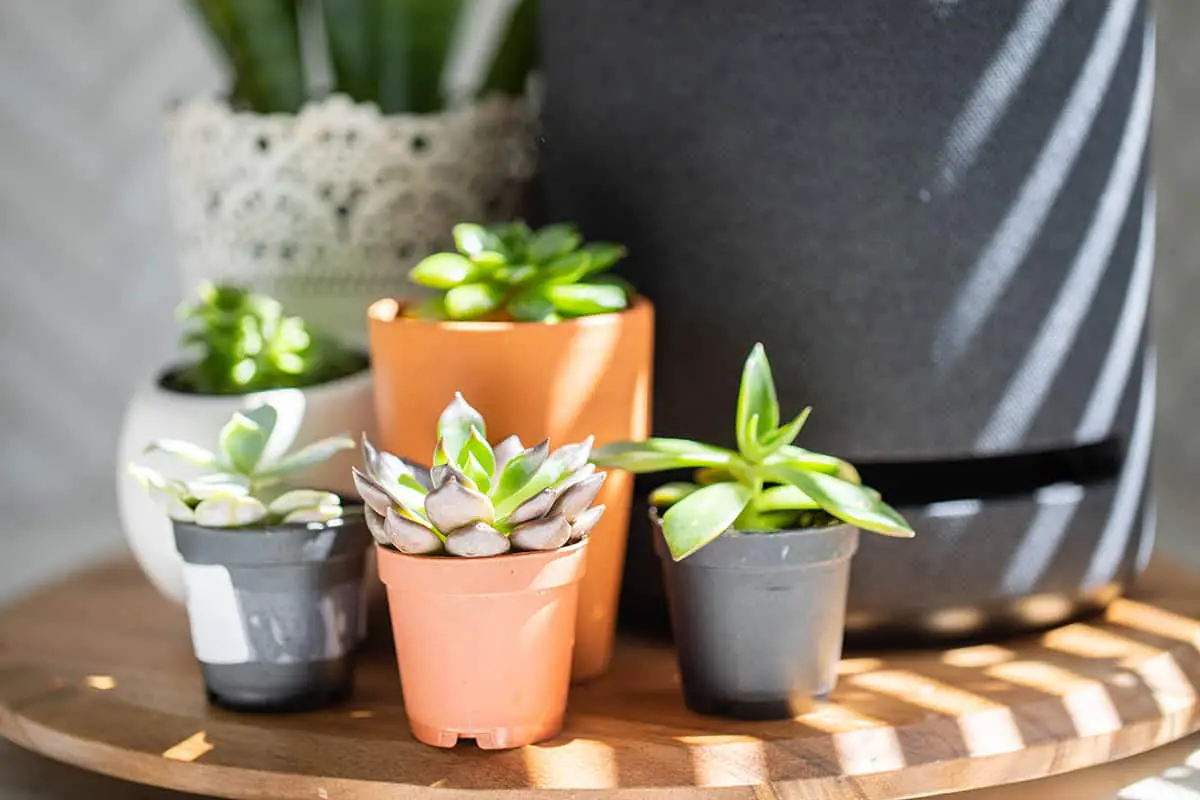
One of the essential aspects of succulent care is providing the right amount of light. Most succulents thrive when they receive at least 6 hours of sunlight per day. Your succulents should be placed in a well-lit area, preferably near a window with ample sunlight.
When you first bring your succulent home, it might be used to lower light levels. In this case, avoid placing it directly in the sun, as the sudden exposure may cause the plant to burn. Gradually introduce your succulent to sunnier locations to prevent damage. Pay attention to your plant’s appearance and adjust the light exposure accordingly. For instance, you might notice that the leaves become more vibrantly colored or elongated, which is a sign of adequate light.
Keep in mind that different succulents have varying light requirements. Research the specific needs of each of your succulents to ensure optimal growth. As a rule of thumb, be cautious and avoid overexposing your plants to intense sunlight, especially during the hottest summer days. If you notice any signs of distress such as yellowing leaves or sunburn, relocate your succulents to a shadier spot.
Watering
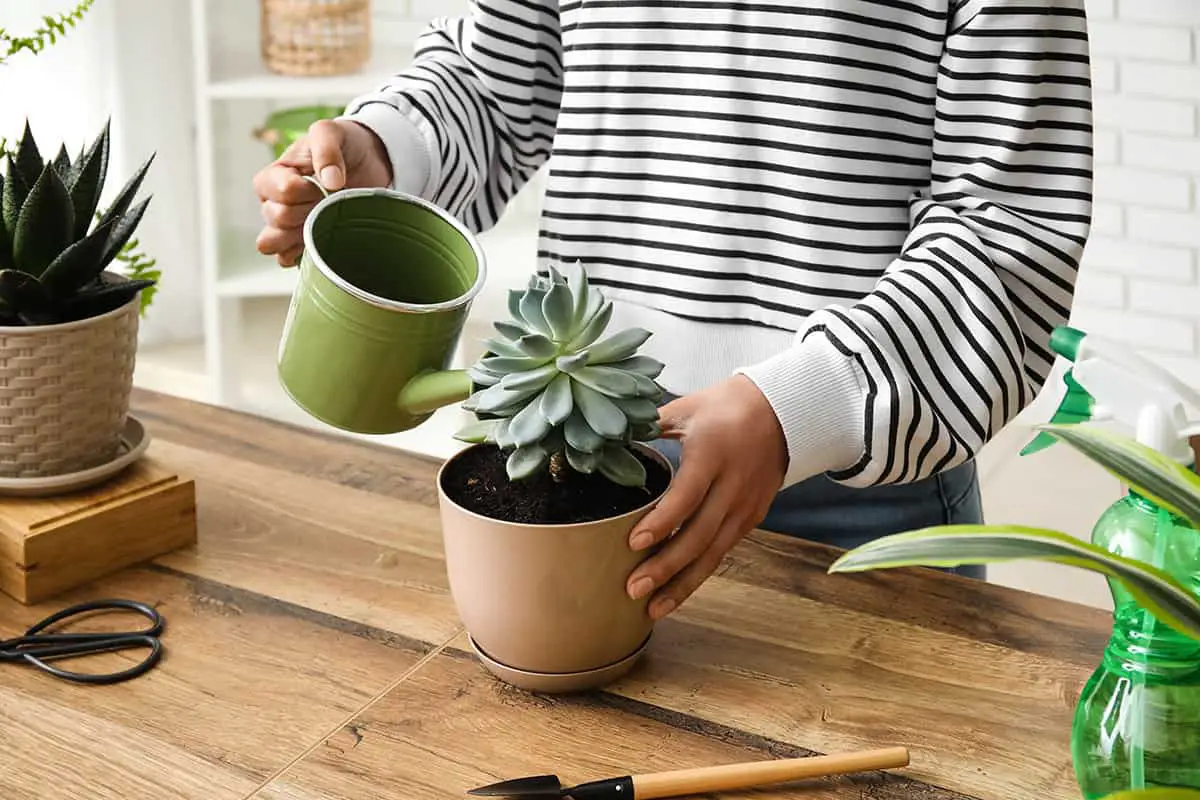
Caring for succulents begins with understanding their water needs. Unlike other plants, succulents store water in their leaves, making it easy to overwater them. To avoid drowning your succulents, follow these essential guidelines.
First, always check the soil moisture before watering. Insert your finger into the soil to feel if it’s dry. If it doesn’t feel dry, postpone watering until it does. This practice ensures you’re not giving your succulents too much water.
When it’s time to water your succulent, do so by watering the soil directly. Make sure the pot has a drainage hole for excess water to escape. Pay attention to the water coming out of the pot’s bottom. As soon as you notice water draining, stop watering.
Additionally, it’s crucial to let the soil completely dry out between watering sessions. This practice prevents overwatering and allows succulents to thrive. Remember, succulent care favors less frequent watering with more water, rather than small, constant doses.
Soil
Choosing the right soil is essential for succulent care. Your succulents need a well-draining soil mix to prevent root rot and promote healthy growth. Use a soil-less/soil-free potting mix designed specifically for succulents, as they allow for proper drainage and aeration. Avoid using regular garden soil or “dirt” for your indoor plants, as they can retain too much moisture and harm your succulents.
In addition to selecting the right soil mix, consider adding drainage materials such as perlite, pumice, or crushed gravel to further improve drainage. The ideal soil mix should contain at least 50% of these drainage materials. Mixing them with the potting mix ensures that excess water can drain away easily, preventing problems associated with over-watering.
When planting your succulents, make sure the pot you choose has drainage holes at the bottom. This will help prevent excess water from accumulating and causing root rot. If your pot does not have drainage holes, you can create your own or add a layer of drainage materials at the bottom of the pot before adding the soil mix.
Finally, remember to avoid compacting the soil when potting your succulents. Gently pat it down to ensure that it is evenly spread, but do not press it firmly.
Fertilizer
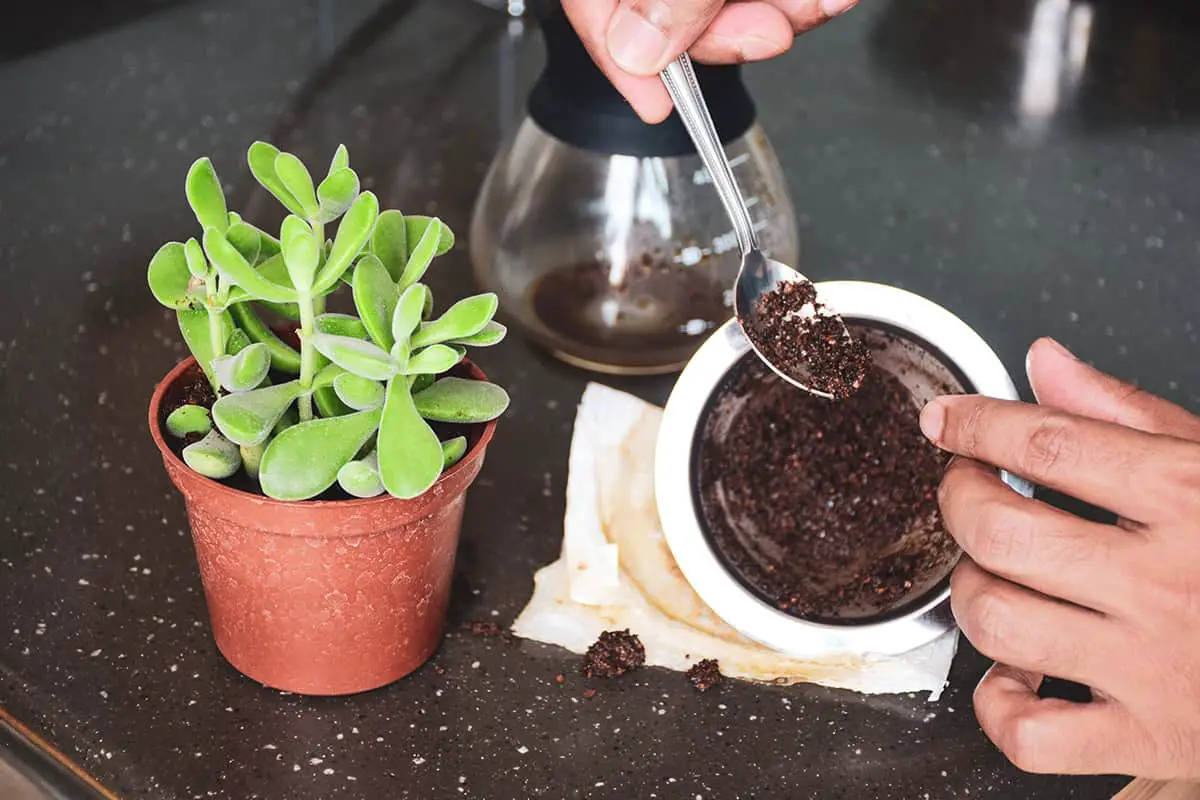
Succulents require a specific type of fertilizer to grow healthy and strong. In the beginning, choose a fertilizer specifically formulated for succulents. It’s crucial to carefully read and follow the instructions on the package.
As most succulents grow in the warmer months, it’s best to fertilize once a month during this period. Stick to a diluted mixture, ensuring you apply it evenly without overdoing it. A successful strategy involves using a water-soluble or pellet-based fertilizer.
While water-soluble fertilizers should be mixed at 1/4 strength, slow-release pellet fertilizers, such as Osmocote, can be incorporated into the soil.
Pots and Containers
When starting with succulents, the right choice of pots is crucial for healthy growth. One essential feature is drainage – your pot must have drainage holes at the bottom. This allows excess water to escape and prevents root rot. Terra-cotta pots are a popular choice, especially for beginners, as they ensure adequate drainage and are affordable.
Next, consider the potting medium. Succulents need well-draining soil that allows for quick drying after watering, preventing the roots from staying moist for too long. A mixture of potting soil and perlite or pumice (in a ratio of 1:1) is a common choice. This combination ensures that your succulents’ roots receive enough air to remain healthy.
Lastly, when choosing your pot size, remember that succulents prefer a snug environment. Select a container that is only slightly larger than the root ball of your succulent, leaving around 1 inch of space between the plant and the pot’s edge. Avoid over-potting your succulents, as this may lead to excessive moisture retention, causing root rot.
Pruning and Trimming
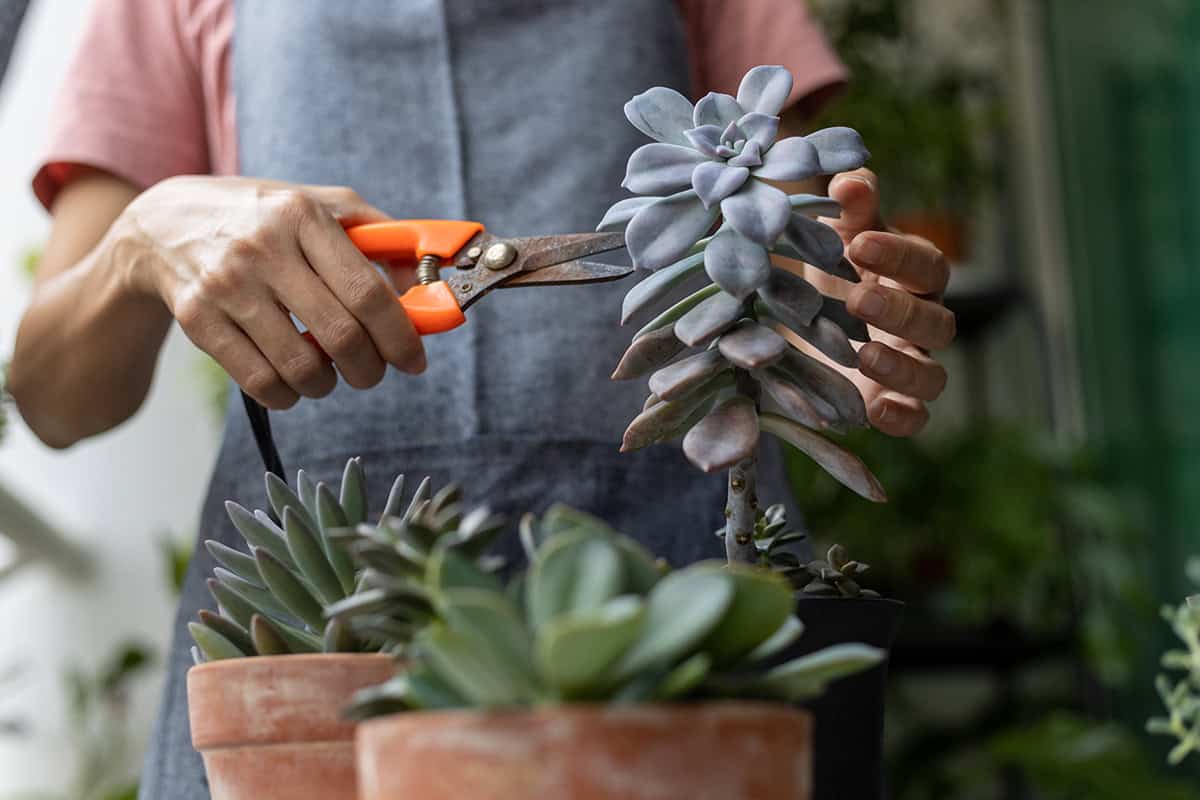
Succulents require occasional pruning and trimming to maintain their appearance and promote healthy growth. In this section, you’ll learn the basics of pruning and trimming your succulents, making your gardening experience more enjoyable.
First, it’s important to know when to prune your succulents. Generally, you should prune during the plants’ active growth period. Succulents such as Aeonium often benefit from pruning in the early spring or autumn months. Understanding your succulent’s growth pattern is essential for optimal pruning times.
When pruning, use clean, sharp scissors or pruning shears to avoid damaging the plant. As you trim, remove dead or unhealthy leaves and stems, focusing on those at the base of the plant. Eliminating these parts allows the succulent to allocate energy and resources towards new growth. Remember not to remove too much at once, as this can shock the plant.
After pruning, you can use the healthy cuttings for propagation. Prepare the cuttings by removing leaves from the lower section and allowing the cut to air dry for a day or two. You can then plant these cuttings and grow new succulents, expanding your collection.
Propagating

One crucial aspect of succulent care is understanding propagation. In this section, you’ll learn the basics of propagating succulents, enabling you to grow new plants from your existing ones. The most common method for propagating succulents is through stem and leaf cuttings.
To propagate using stem cuttings, you need to make a clean cut with sharp pruners or scissors. Remove a section of stem 3 to 6 inches long and strip the leaves from the lower half. Afterward, let the cut end dry and callus over, which may take several days.
For leaf cuttings, gently twist or snap off a healthy leaf from the parent plant close to the base. Be sure to take a clean, undamaged leaf from the plant, as damaged leaves will likely not develop roots. Just like with stem cuttings, you should leave the detached leaf in a dry, well-ventilated area for a few days to allow the cut end to callus. Once the callus forms, you can move to the next step.
Preparing your cuttings is essential for successful propagation. After the callus has formed, it’s time to plant your cuttings. It’s recommended to wait 24 to 48 hours before planting them. During this time, the end of your succulent cutting further develops, helping to promote root formation.
Finally, find a suitable location for your newly potted succulents. A sunny window is an excellent choice, but monitor them for any signs of excessive sun exposure, such as loss of color.
Common Problems & Troubleshooting
When caring for succulents, several issues may arise. One prevalent problem is overwatering. Overwatering can lead to yellowing leaves, soft and mushy leaves and stems, and leaves dropping off eventually. You might also notice that the soil surface is wet or damp to the touch, and in severe cases, mold or fungus gnats can appear.
To avoid overwatering, ensure your succulents have proper drainage. Pots should have holes in the bottom, and it’s crucial not to use a saucer that collects excess water, as it will keep the soil moist and lead to root rot. When watering, let the soil dry out completely between watering sessions.
Propagating succulents is another area that requires attention. When propagating through stem cuttings, remove a 3 to 6-inch long section using clean, sharp pruners or scissors. Eliminate the leaves from the lower half of the stem and allow the cut end to dry and callus over by leaving it on a tray or plate for several days.
Lastly, be mindful of your succulents’ growing environment. They require well-aerated and fast-draining soil. A recommended mixture for pots is a two-thirds potting mix combined with a one-third pumice or perlite.
Frequently Asked Questions
What are the ideal lighting conditions for indoor succulents?
Indoor succulents thrive in bright, indirect light as they prefer large amounts of sunlight. Place your succulents near a south or east-facing window that receives natural light. However, be cautious not to expose them to direct sunlight for extended periods, as this may cause sunburn.
What are the common mistakes to avoid when caring for succulents?
Overwatering is a prevalent issue when caring for succulents, as they need very little water and can easily be overwatered. Ensure the soil is dry before re-watering, and use a pot with a drainage hole to prevent root rot. Additionally, avoid using a saucer to collect excess water, as succulents should not sit in moist soil for long periods. Another mistake is inadequate lighting; ensure your succulents have sufficient, indirect sunlight to ensure proper growth and health.
How do you adjust succulent care during the winter months?
Succulents require less frequent watering in winter as their growth slows down. Monitor the soil moisture levels more carefully and allow it to dry out completely before watering again. You should also maintain proper lighting conditions, as sunlight is limited in winter. Place your succulents close to a suitable light source, such as a south or east-facing window, to ensure they receive enough sunlight throughout the day.

